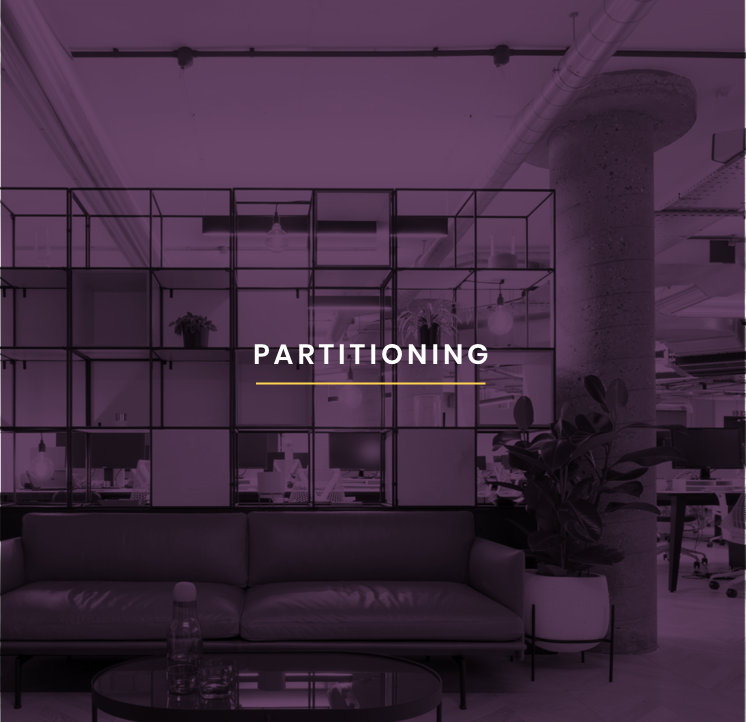Buying an office chair now isn’t as easy as it used to be when there was a limited number of options. Now there are thousands of different variations of office chair and each chair offers various adjustments and mechanisms. Below, I have tried to explain what some of the most common mechanisms do and the benefits they bring. By understanding the mechanisms and their benefits, it becomes easier to choose an office chair to suit you and your needs.
Fixed Back
You can adjust the height of the seat but not the angle of the back rest i.e. this mechanism does not allow the chair to be reclined.
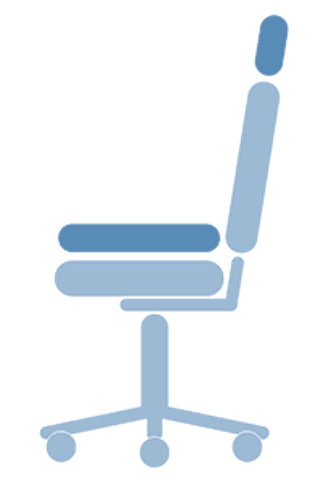
Permanent Contact Floating Back (PCB)
You can adjust the height of the seat and either adjust the angle of the back or enable the permanent contact back. The seat cannot be tilted.
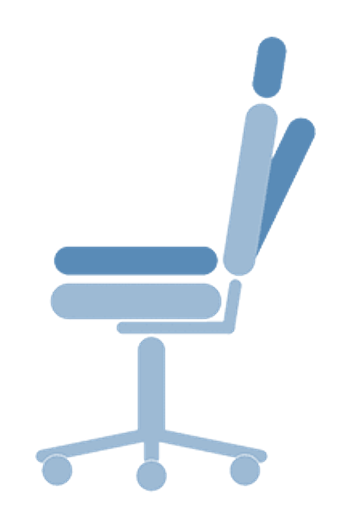
Asynchro Mechanism
You can separately adjust the height of the seat, angle of the back, angle of the seat and, depending on the chair, enable the permanent contact floating back. Usually the back and seat will tilt at a ratio of 2:1. The tension of the mechanisms can be adjusted through the torsion control knob. Allows optimum posture positioning for each individual.

Lock Tilt
You can recline in this chair but the back and seat will stay at a fixed angle, lockable by a lever. You can adjust the recline tension through a torsion control knob.
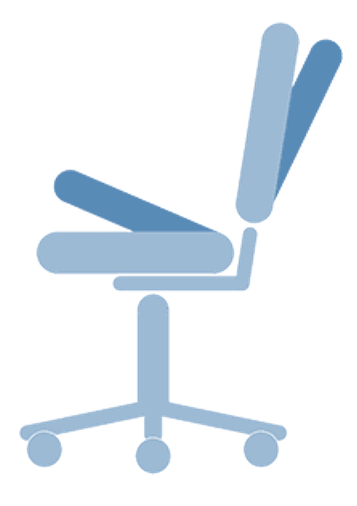
Synchro Mechanism
The seat angle will change in proportion to the back angle at a ratio of 1:2. The seat and back can be locked into between 3 and 5 positions, depending on the chair. You can adjust the seat height and the recline tension can be adjusted through a torsion control knob. Simple and quick to operate because the seat and back angle can be adjusted simultaneously.
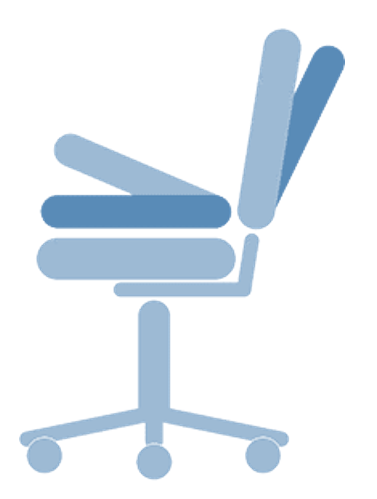
Knee Tilt
You can adjust the height of the seat and the back can be reclined and locked into between 3 and 5 positions. The front located pivot point allows your feet to easier remain in contact with the floor when reclining.
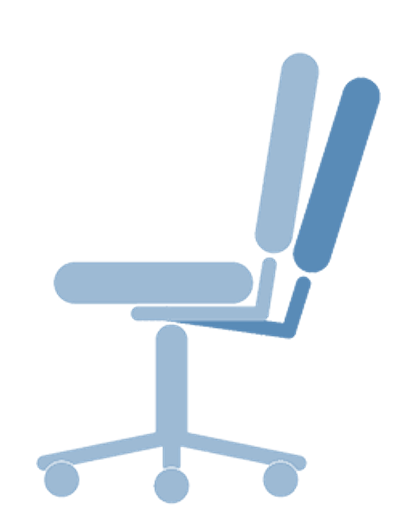
Ratchet Back
Gives ability to move the seat back up and down independently of other functions – ideal where a chair us used by different people as each user can easily and quickly customize the back height to suit their needs.
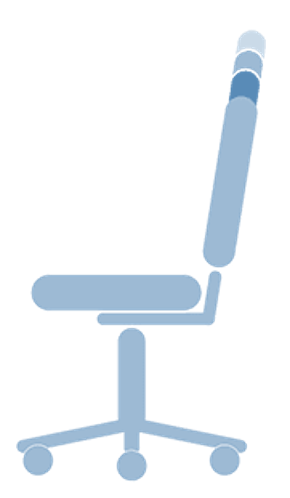
Lumbar Support
A pump device that adjusts the back of the chair to allow the ‘S’ shape of the spinal column to be formed naturally and be supported. A comfortable back rest will prevent slumping and reduce stress on the spine and pelvis.
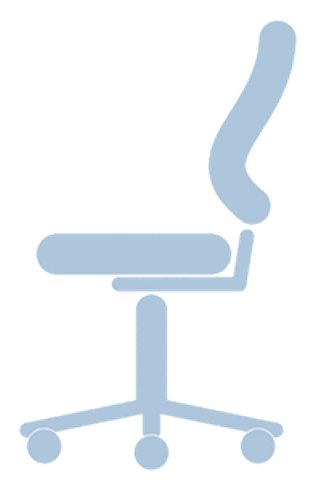
Sliding Seat
A seat sliding feature encourages better back support by ensuring the back of the chair is in contact with the correct part of your back. It also helps relieves pressure from the back of the knees by helping spread the weight over the full surface area of the seat. A seat slide mechanism also automatically makes the chair more adjustable to different peoples needs, making chairs with a seat slide great for call centres and hot desking which involve multiple people of varying shapes and sizes using the same chair over the course of a day.
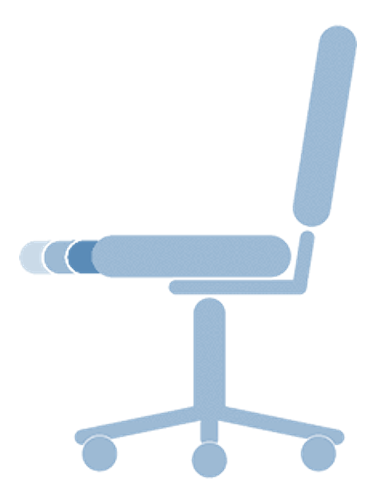
Memory Foam & Coccyx Cut-out
Specialist foam that moulds to fit the user exactly to reduce pressure points and aid circulation. A coccyx cut out is a hollowed out gap in the seat pad to remove contact pressure for those with back complaints.
To make sure you are getting the most out of your chair, follow some simple advice:
- The chair should allow the user to move easily and freely; we recommend that you leave the chair unlocked to make full use of the chair’s movement whether on the phone, reading or reaching.
- When typing or working at the computer, the ideal seat angle would be tipped slightly forward to encourage an open posture.
- If you have been sitting for a while, move your feet around to stimulate the blood flow, and try not to slouch.
- If you are going to use another chair, make the effort to adjust it to ensure you are receiving maximum support before commencing work.


